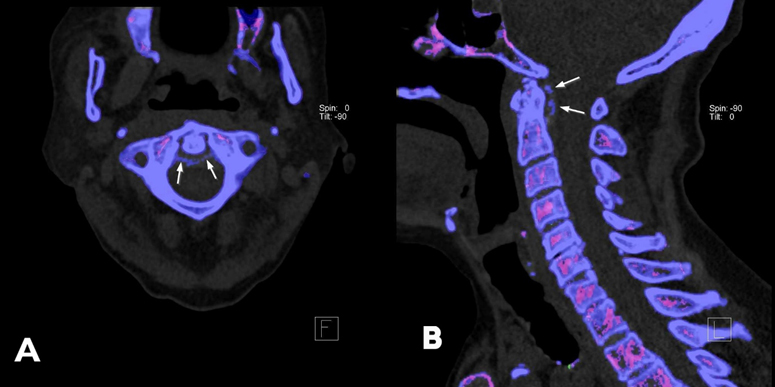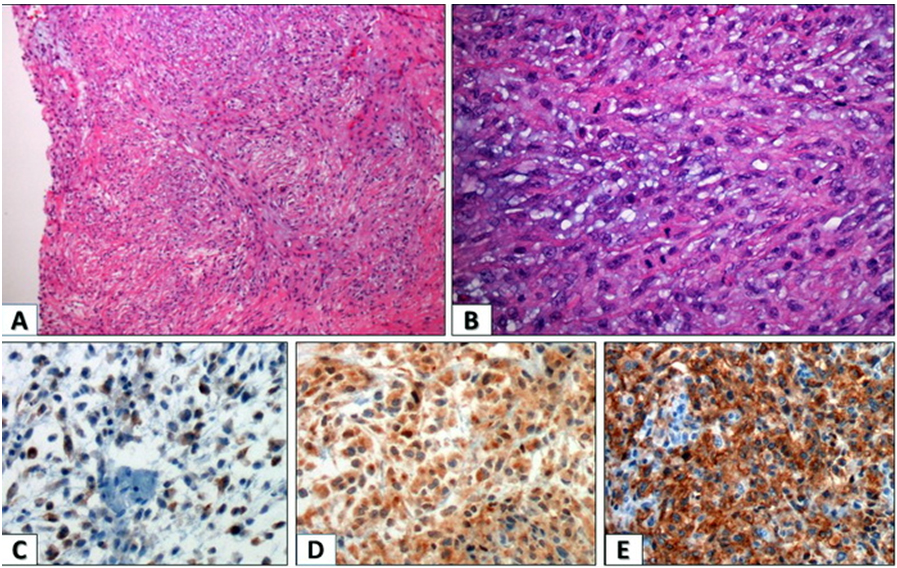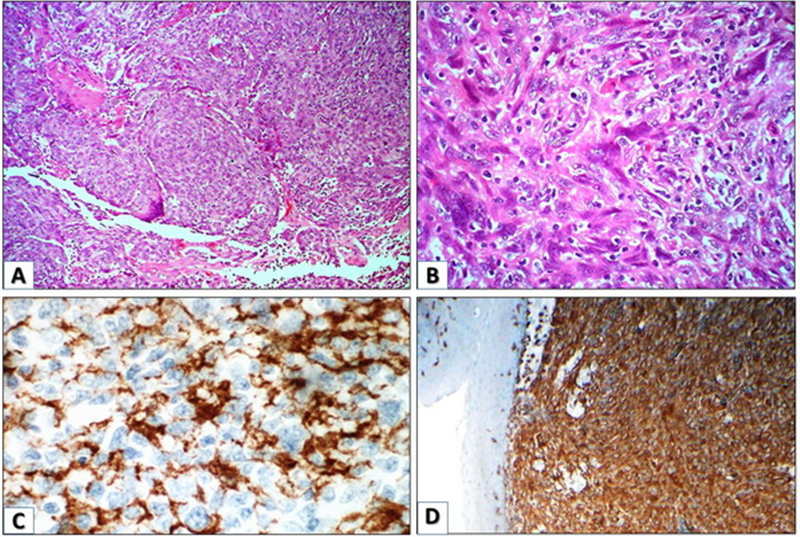 |
Case Report
Cavernous hemangioma of the inferior vena cava: A first case report
1 Surgery Resident, Hospital Ángeles del Pedregal, Mexico City, Mexico
2 Medical Degree, Hospital Ãngeles del Pedregal, Mexico City, Mexico
3 Oncologist Surgeon, Hospital Ãngeles del Pedregal, Mexico City, Mexico
Address correspondence to:
Francisco José Flores-Palomar
Chabacano 20A #4, Magdalena Contreras, 10810, Mexico City,
Mexico
Message to Corresponding Author
Article ID: 100065Z06FP2019
Access full text article on other devices

Access PDF of article on other devices

How to cite this article
Flores-Palomar FJ, Raphael-Garza MJ, De-la-Concha-Tiznado M, Lara-Ruiz I, de Oca-Orellana CRM, Alfeiran-Ruiz A. Cavernous hemangioma of the inferior vena cava: A first case report. Case Rep Int 2019;8:100065Z06FP2019.ABSTRACT
Introduction: Vascular malformations are anomalies of the vascular system, constituted by a network of vessels with mature endothelium, with normal cell replacement without proliferation capacity.
Case Report: We report the clinical case of a 25-year-old man who came to the hospital for left pelvic limb edema and lumbar pain. An ultrasonography (USG) and positron emission tomography-computed tomography (PET-CT) revealed deep vein thrombosis of the inferior vena cava (IVC) and left iliac vein and a 9.5 cm × 5 cm retroperitoneal nometabolic tumor compatible with perivascular lymphadenopathies. Exploratory laparotomy was performed, transperitoneum exploration of the retroperitoneum and resection of the tumor arising from the IVC and left iliac vein. Pathological examination revealed a 10 cm retroperitoneal tumor filled with venous vessels and fibrotic septa. Postoperative diagnosis was venous malformation of the IVC.
Conclusion: Cavernous hemangiomas are not true vascular tumors, but rather a congenital vascular anomaly. It is classified by International Society for the Study of Vascular Anomalies as venous malformation. This tumor is present from birth, and it grows with the child, they do not involute spontaneously. A differential diagnosis of vena cava tumors is leiomyosarcoma. This is the first case in literature of a vascular malformation (formerly called cavernous hemangioma) involving the IVC. It is important to know that this benign pathology has an excellent prognosis and survival after a successful surgery.
Keywords: Cavernous, Hemangioma, Vena cava
SUPPORTING INFORMATION
Acknowledgments
We thank Magdalena Sofia Mercado-Fernandez for her help in translation.
Author ContributionsFrancisco José Flores-Palomar - Substantial contributions to conception and design, Acquisition of data, Analysis of data, Interpretation of data, Drafting the article, Revising it critically for important intellectual content, Final approval of the version to be published
María José Raphael-Garza - Substantial contributions to conception and design, Acquisition of data, Drafting the article, Revising it critically for important intellectual content, Final approval of the version to be published
Mauricio De-la-Concha-Tiznado - Substantial contributions to conception and design, Acquisition of data, Analysis of data, Drafting the article, Final approval of the version to be published
Iván Lara-Ruiz - Substantial contributions to conception and design, Revising it critically for important intellectual content, Final approval of the version to be published
Claudio Rene Monte de Oca-Orellana - Drafting the article, Revising it critically for important intellectual content, Final approval of the version to be published
Antonio Alfeiran-Ruiz - Substantial contributions to conception and design, Acquisition of data, Analysis of data, Interpretation of data, Drafting the article, Final approval of the version to be published
Guaranter of SubmissionThe corresponding author is the guarantor of submission.
Source of SupportNone
Consent StatementWritten informed consent was obtained from the patient for publication of this article.
Data AvailabilityAll relevant data are within the paper and its Supporting Information files.
Conflict of InterestAuthors declare no conflict of interest.
Copyright© 2019 Francisco José Flores-Palomar et al. This article is distributed under the terms of Creative Commons Attribution License which permits unrestricted use, distribution and reproduction in any medium provided the original author(s) and original publisher are properly credited. Please see the copyright policy on the journal website for more information.





